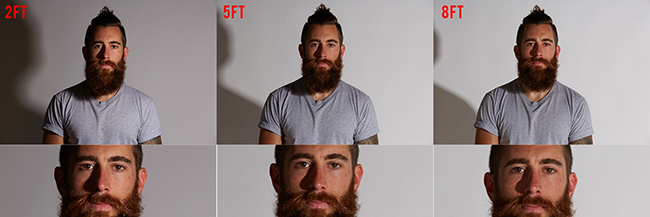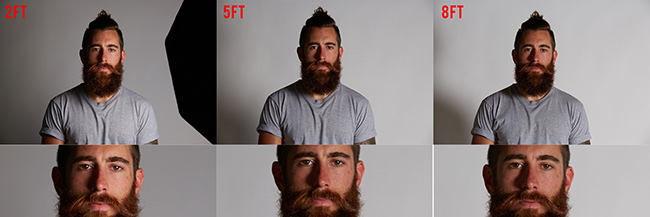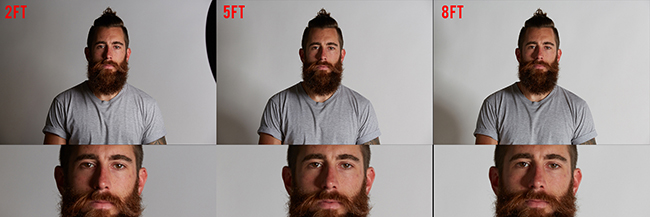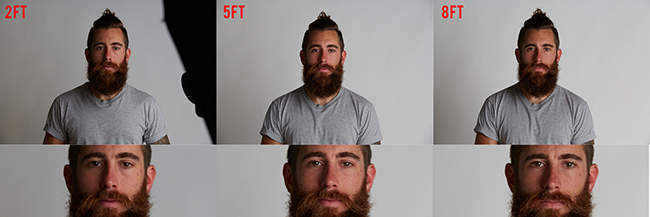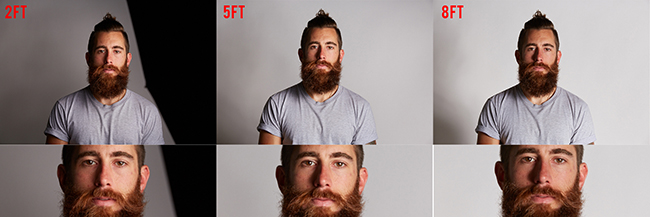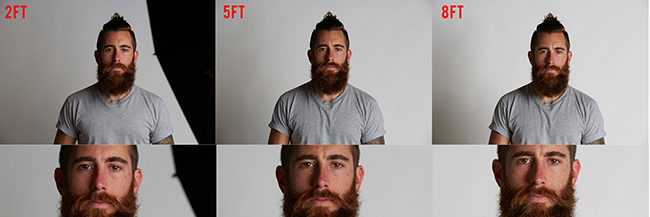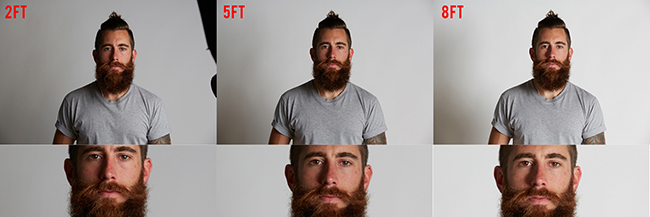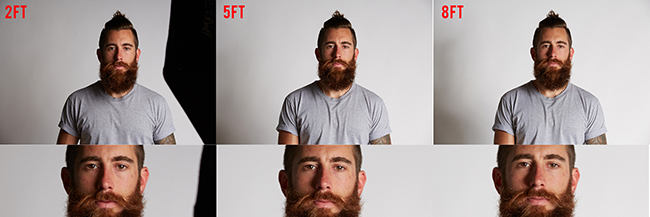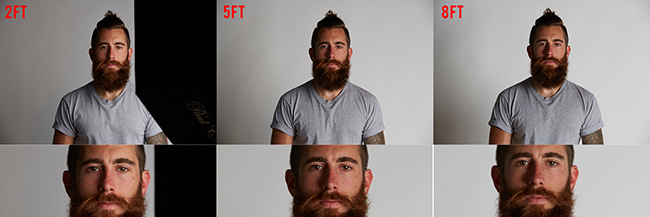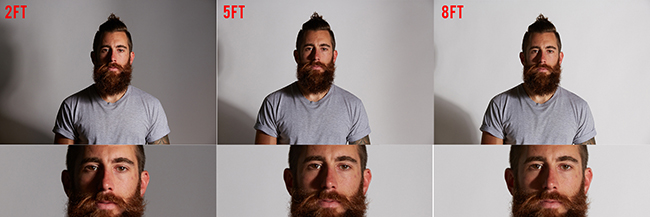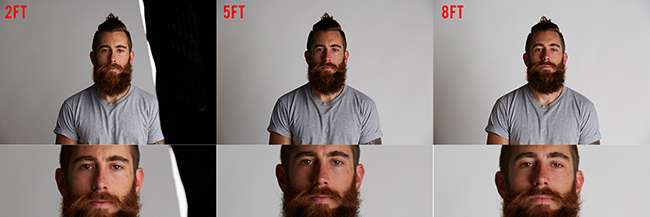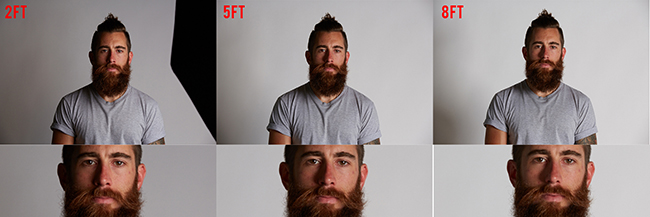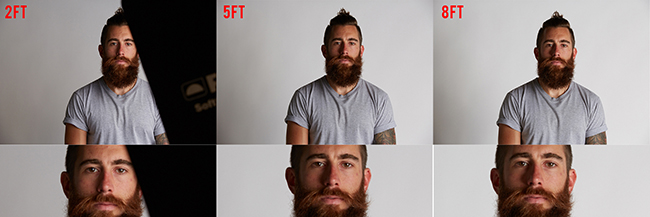Equipment
The Ultimate Light Modifier Shoot Out and Test
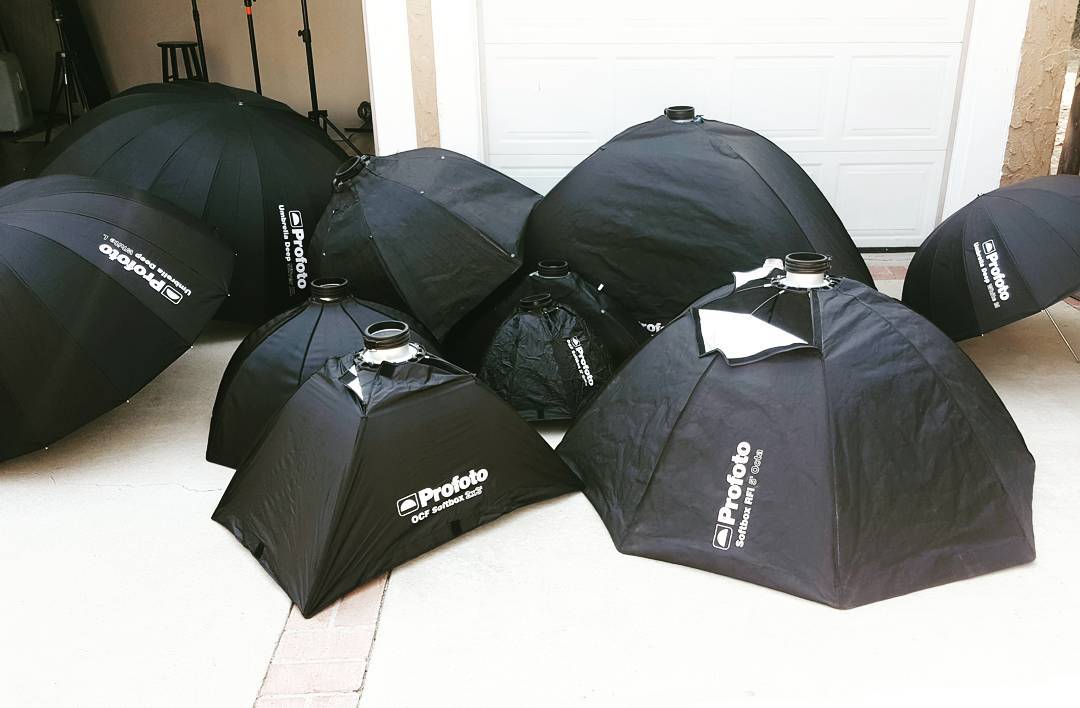

As someone who has taught off camera lighting for some years now, as well as taught dozens of workshops on the topic – I’ve always heard the same question from photographers who are using off camera lighting for the first time. “What’s the difference between ____ and ____.” When working with off camera lighting, it’s easy to get overwhelmed with the large variety of tools you have available to you. What’s the difference between an octabox and a regular softbox? I’ve often tried to explain these differences, but it’s always best to just show them with light, so I rented out a ton of gear and decided to demonstrate the difference between each light using my friend Trevor as a model.
All of these tests were performed at 2ft, 5ft, and 8ft from the subject. These were taken using a variety of light modifiers available for rental here at Lensrentals.com, as well as from my personal collection of modifiers. Additionally, they were metered and left unedited while being taken in a controlled environment in a studio. All test lighting were also performed using a Profoto B1 lighting unit. Additionally, these were taken at a 45-degree angle, shot directly onto the subject (not feathered). And finally, the light was exposure balanced to the subjects face and adjusted based on the distance to match the exposure – while the exposures aren’t 100% perfect, it was the best that could be done with the given constraints.
Profoto B1 Strobe (Bare)
These photos are taken with the Profoto B1 strobe without the use of a modifier.
Profoto OCF 24″ Foldable Beauty Dish
Taken using the Profoto OCF 24″ Foldable Beauty Dish.
21″ Beauty Dish
Taken using the Profoto Beauty Dish in White.
XL Umbrella White
Taken using the Profoto XL Umbrella in White. Similar results can be found using the PCB 64″ PLM in Silver.
XL Umbrella Silver
Taken using the Profoto XL Umbrella in Silver. Similar results can be found using the PCB 64″ PLM in Silver.
Large Umbrella White
Taken using the Profoto Large Umbrella in White. Similar results can be found using the PCB Foldable Octabox 47″.
Medium Umbrella White
Taken using the Profoto Medium Umbrella in White. Similar results can be found using the Westcott 43″ Collapsable Umbrella.
47″ PCB Octabox Without Front Baffle
47″ PCB Octabox With Front Baffle
PCB Strip Box Without Front Baffle
PCB Strip Box with Front Baffle
2’x3′ Softbox With Front Baffle
Large PCB Softbox (30″x60″)
Westcott Rapid Box
Large Profoto Octabox (5ft)
Taken using the Profoto Large Octabox. Similar results can be found using the PCB Foldable Octabox 47″.
As you can see, this test showed me that there is a lot of diversity when it comes to lighting modifiers. Between distance and placement, a single modifier can be very soft or hard lighting. This is due to the correlation of distance from the subject. When the lighting modifier is closer to the subject, it is bigger by their perspective, thus providing a softer light. When the modifier and light begin moving away from the subject, their perspective of the light shrinks, and will provide harder light as a result.
While the test was initially about seeing how the size and shape effects the subjects face, I quickly found myself to be more interested in how it affects the background. Naturally, the smaller the light source, the more controlled the light becomes, and that as the light gets larger, so does the spill from the light. This is where the control aspects of lighting come into play more than anything.
So what did we learn today? Well first, lighting isn’t as complicated as many may have thought. A lot of the lights modifiers had very similar results and weren’t nearly as unique as many would try to claim. However, these were controlled tests shot directly on the subject – obviously feathering and using the modifiers in unique ways will show you where they shine. But if nothing else, hopefully, this has convinced you to give lighting modifiers a try, as this has shown that they’re not as complicated as you thought.
Zach Sutton
Lensrentals.com Editor
Author: Zach Sutton
I’m Zach and I’m the editor and a frequent writer here at Lensrentals.com. I’m also a commercial beauty photographer in Los Angeles, CA, and offer educational workshops on photography and lighting all over North America.
-
Marc Stowe
-
Justin Berrington
-
David Alexander
-
Christopher J. May
-
Zach Sutton Photography
-
taildraggin
-
steven_nc
-
Zach Sutton Photography
-
taildraggin
